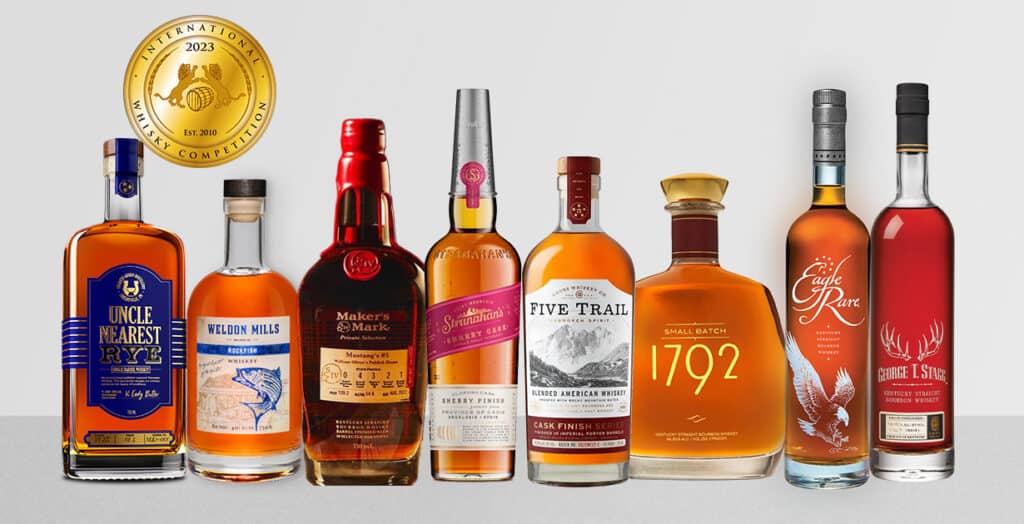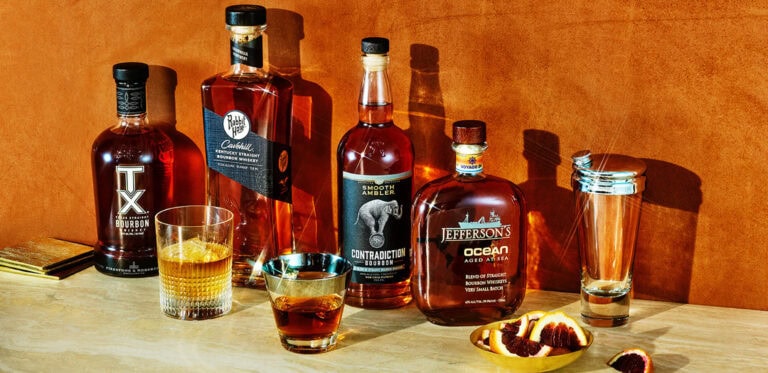Legal Regulations and Standards for American Whiskey and Bourbon
American whiskey and bourbon are not just beloved beverages; they are also subject to strict legal regulations and standards that ensure their quality and authenticity. These regulations cover everything from production methods to labeling requirements, ensuring that consumers get what they expect from these iconic spirits. This article delves into the various legal frameworks that govern American whiskey and bourbon, highlighting the specific regulations that producers must follow to maintain compliance both domestically and internationally.
The roots of these regulations can be traced back to the late 19th century when the U.S. government began to standardize production processes to protect consumers and maintain the reputation of American spirits. Over the years, these regulations have evolved to address new challenges and market dynamics, making them some of the most comprehensive in the world.

US Regulations for American Whiskey
Federal Standards of Identity
The federal standards of identity for American whiskey are detailed in the Code of Federal Regulations (CFR). These standards define what constitutes different types of whiskey, including bourbon, rye, and Tennessee whiskey. According to the CFR, American whiskey must be distilled from a fermented mash of grain to less than 95% alcohol by volume and stored in charred new oak containers at no more than 62.5% alcohol by volume.
The most well-known subset of these regulations pertains to bourbon, which must be made from at least 51% corn, distilled to no more than 80% alcohol by volume, and aged in new charred oak barrels. These standards are crucial in maintaining the distinct characteristics that define American whiskey and bourbon.
Rye whiskey, another popular variety, must be made from a mash that is at least 51% rye grain. Tennessee whiskey, while similar to bourbon, undergoes an additional charcoal filtering process known as the Lincoln County Process, which gives it a smoother flavor. These distinctions are essential for maintaining the integrity and diversity of American whiskey.

Labeling Requirements
Labeling requirements for American whiskey are equally stringent, ensuring that consumers receive accurate information about the product they are purchasing. The Alcohol and Tobacco Tax and Trade Bureau (TTB) oversees these regulations. Key labeling requirements include the statement of identity, alcohol content, and the place of production. For instance, if a whiskey is labeled as “straight,” it must meet additional aging requirements, typically at least two years in new charred oak barrels.
Labels must also indicate if any flavoring or coloring has been added, and the use of terms like “blended” or “bottled in bond” is strictly regulated to prevent misleading consumers. These rules help maintain transparency and uphold the integrity of American whiskey and bourbon.
Health warnings are also a mandatory part of the labeling, informing consumers about the potential risks associated with alcohol consumption. Additionally, the label must include the name and address of the bottler or distiller, ensuring traceability. These comprehensive labeling requirements protect consumers and promote informed purchasing decisions.

Specific Regulations for Bourbon
Legal Definition of Bourbon
Bourbon is a uniquely American spirit with a legal definition enshrined in federal law. To be labeled as bourbon, a whiskey must meet several specific criteria:
- It must be produced in the United States.
- It must be made from a grain mixture that is at least 51% corn.
- It must be distilled to no more than 80% alcohol by volume.
- It must be aged in new, charred oak barrels.
- It must be entered into the barrel for aging at no more than 62.5% alcohol by volume.
- It must be bottled at no less than 40% alcohol by volume.

These stringent requirements ensure that bourbon retains its distinctive flavor profile and quality, distinguishing it from other types of whiskey.
The legal definition of bourbon has historical roots dating back to the Bottled-in-Bond Act of 1897 and the Federal Alcohol Administration Act of 1935. These laws were designed to protect consumers from fraudulent practices and to ensure that bourbon maintained its high standards. The requirement for new charred oak barrels, for example, imparts unique flavors and colors to the bourbon, setting it apart from other whiskeys.
Compliance and Enforcement
Compliance and enforcement of bourbon regulations are primarily handled by the TTB. This agency conducts regular inspections of distilleries and reviews product labels to ensure adherence to federal standards. Violations can result in severe penalties, including fines and the suspension of production licenses.

Producers must also maintain detailed records of their production processes and ingredient sourcing to demonstrate compliance with the legal standards for bourbon. This rigorous oversight helps protect consumers and maintains the reputation of bourbon as a high-quality American spirit.
The TTB’s enforcement efforts include spot checks, audits, and investigations based on consumer complaints. They also work closely with other federal and state agencies to ensure comprehensive oversight. The penalties for non-compliance can be substantial, including significant fines and the potential revocation of a distillery’s license, emphasizing the importance of adhering to these regulations.
International Recognition and Trade
Export Regulations
American whiskey and bourbon are not only popular domestically but also have a significant presence in international markets. Export regulations are crucial in ensuring that these products meet the standards of the importing countries. The TTB works in conjunction with other federal agencies to facilitate the export process, ensuring that American whiskey complies with the regulations of countries around the world.
Producers must obtain export certificates and comply with the labeling and packaging requirements of the destination country. This often involves providing detailed product information and undergoing additional inspections to verify compliance with international standards.
Export regulations also include ensuring that the whiskey is free from contaminants and that it meets the specific alcohol content requirements of the destination country. The TTB provides guidance and support to producers navigating these complex regulations, helping to expand the global reach of American whiskey and bourbon.

Recognition in International Markets
American whiskey and bourbon enjoy a strong reputation globally, thanks to the stringent regulations that govern their production. This international recognition is bolstered by trade agreements and efforts by the U.S. government to protect the integrity of these products abroad.
For instance, the European Union recognizes bourbon and Tennessee whiskey as distinct products, granting them geographical indications (GIs). This status helps prevent imitation products from being marketed as bourbon or Tennessee whiskey, protecting the authenticity and quality of American whiskey on a global scale.
Trade agreements, such as the U.S.-EU Spirits Agreement, play a critical role in ensuring that American whiskey is recognized and respected internationally. These agreements establish mutual recognition of standards and facilitate smoother trade, allowing American whiskey to compete effectively in global markets.

Conclusion
The legal regulations and standards for American whiskey and bourbon are comprehensive and rigorous, ensuring that these iconic spirits maintain their quality and authenticity. From federal standards of identity to specific regulations for bourbon, and from domestic labeling requirements to international trade recognition, these legal frameworks play a crucial role in the production and global reputation of American whiskey. By adhering to these regulations, producers help preserve the rich heritage and distinct character of American whiskey and bourbon, ensuring that consumers around the world can continue to enjoy these beloved spirits.
Disclosure: Our blog contains affiliate links to products. We may receive a commission for purchases made through these links. However, this does not impact our reviews and comparisons. We try our best to keep things fair and balanced, in order to help you make the best choice for you.






